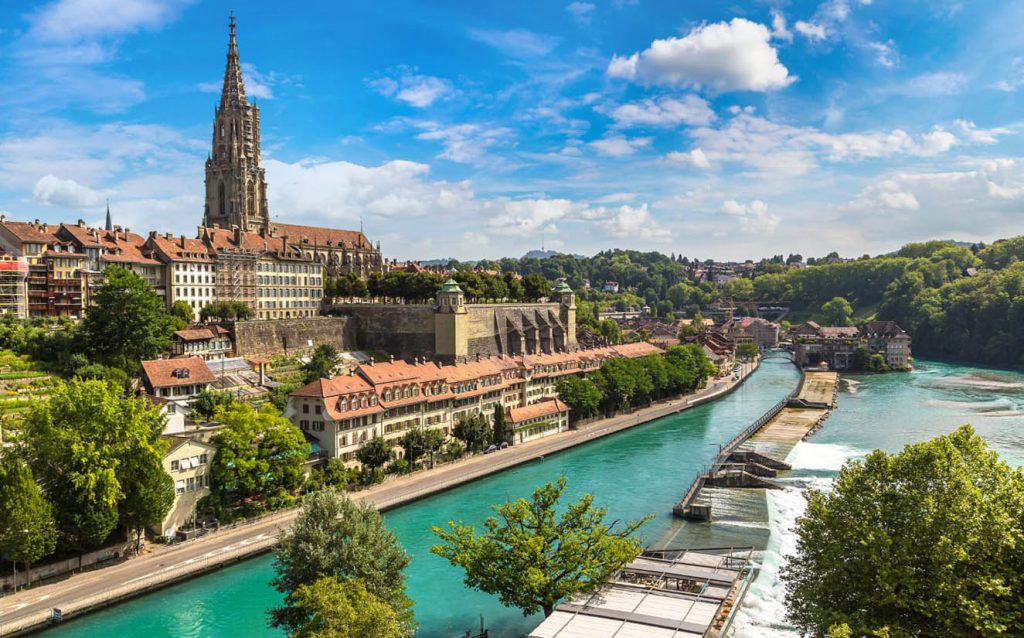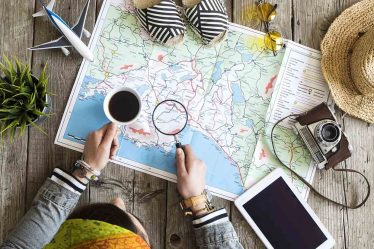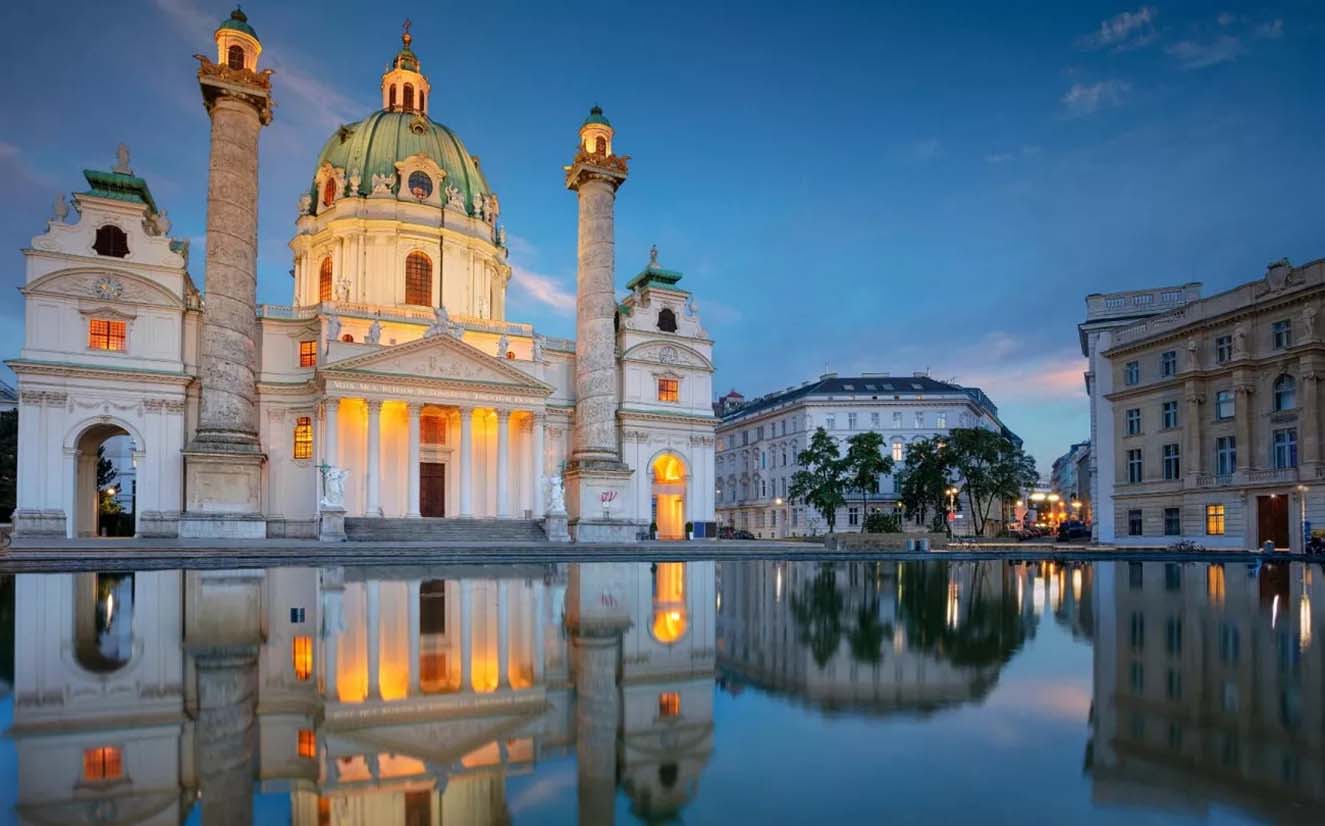
Vienna, the capital of Austria, is a city where imperial history blends seamlessly with modern sophistication. Known for its grand palaces, stunning architecture, and rich musical heritage, Vienna is a destination that captivates every traveler. Having recently explored this magnificent city, I’m excited to share my comprehensive guide to help you make the most of your visit. From essential travel gear and local etiquette to must-see attractions and street food tips, this guide will cover everything you need to know for an unforgettable experience in Vienna.
Travel Gear and Suitable Attire
Essential Travel Gear
Packing for Vienna requires a bit of planning, as the city’s weather can be quite variable depending on the season. Here’s a rundown of what you’ll need:
- Weather-Appropriate Clothing:
Vienna experiences a temperate climate with four distinct seasons. Here’s what to pack for each:
- Spring (March-May): Mild temperatures with occasional rain. Pack layers, including a light jacket, sweaters, and comfortable walking shoes.
- Summer (June-August): Warm temperatures ranging from 20°C to 30°C (68°F to 86°F). Bring lightweight clothing, a hat, sunscreen, and sunglasses.
- Autumn (September-November): Cooler temperatures and possible rain. Layered clothing, a warm coat, and an umbrella are recommended.
- Winter (December-February): Cold temperatures often below freezing, with snow. Pack a warm coat, gloves, a scarf, and thermal layers.
- Comfortable Footwear:
Vienna is best explored on foot or by public transport. Comfortable walking shoes are essential for navigating the city’s historic streets and attractions. - Travel Accessories:
- Reusable Water Bottle: Stay hydrated as you explore.
- Travel Adapter: Austria uses Type C and F plugs, and the voltage is 230V with a frequency of 50Hz.
- Camera or Smartphone: To capture Vienna’s beautiful architecture and vibrant street scenes.
Suitable Attire
Vienna’s atmosphere is elegant and sophisticated. For most activities, smart casual attire is appropriate. However, if you plan to visit upscale restaurants or attend performances at the opera or concert halls, dress more formally.
Currency Exchange
Currency Details
Vienna uses the Euro (€). It’s important to understand how to handle currency while traveling:
- Currency Exchange Options:
- Airports and Train Stations: Currency exchange services are available but often come with higher fees.
- Banks: Offer competitive exchange rates, but check for service fees.
- Currency Exchange Offices: Located throughout the city, offering better rates than airports or hotels.
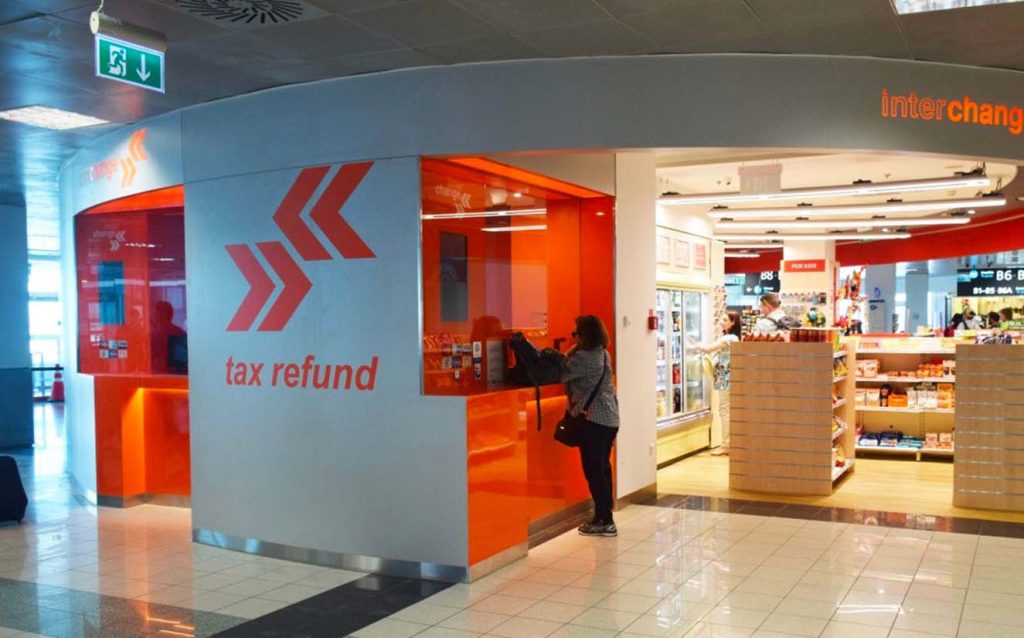
- ATMs:
ATMs are widely available in Vienna. Use them to withdraw cash with international debit or credit cards. Be mindful of transaction fees and exchange rates. - Credit and Debit Cards:
Credit and debit cards are widely accepted in Vienna, including at most shops, restaurants, and attractions. Inform your bank of your travel plans to avoid any issues.
Obtaining a Local SIM Card
Steps to Get a Local SIM Card
Staying connected during your trip is crucial. Here’s how to get a local SIM card in Vienna:
- Choose a Provider:
Major mobile network providers in Austria include A1, T-Mobile, and Drei. They offer various prepaid plans suitable for tourists. - Purchase Locations:
- Airports: Purchase a SIM card at Vienna International Airport upon arrival.
- Mobile Network Stores: Visit stores for A1, T-Mobile, or Drei in the city center.
- Retail Outlets: Convenience stores and supermarkets also offer SIM cards.
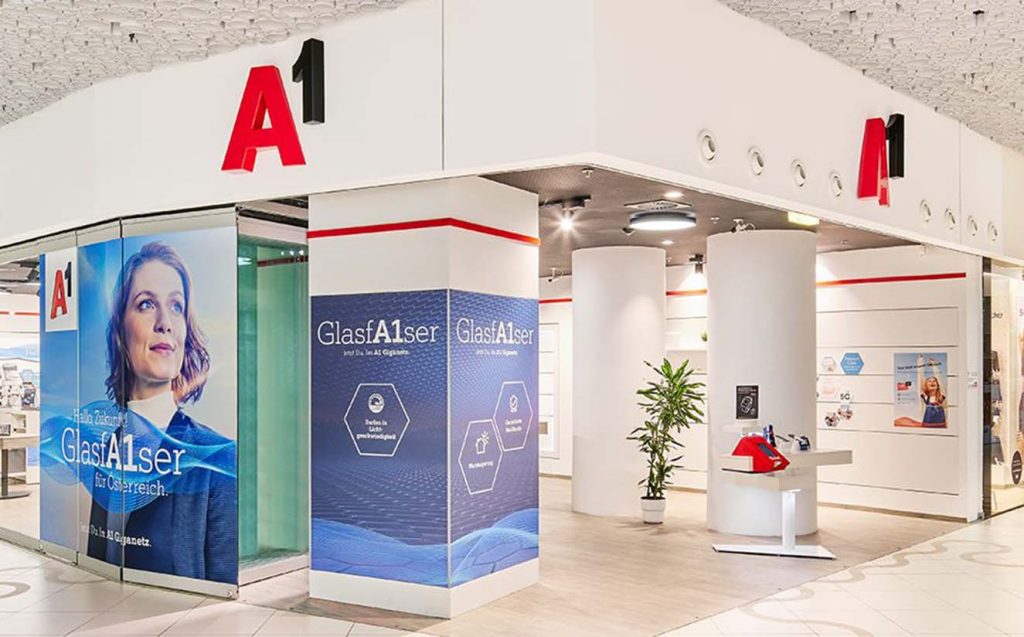
- Plan Selection:
Choose a prepaid plan based on your data and call needs. Plans typically offer a combination of data, minutes, and texts. - Activation:
Follow the instructions provided with your SIM card to activate it. This generally involves inserting the SIM into your phone and completing a setup process.
Local Etiquette and Customs
Understanding and respecting local customs can greatly enhance your experience in Vienna. Here are some key etiquette tips and personal experiences:
General Etiquette Tips:
- Greetings:
A polite handshake is common when meeting someone. Austrians are generally reserved, so a friendly but respectful demeanor is appreciated. - Dining Etiquette:
In restaurants, it’s customary to wait to be seated. When dining, keep your hands on the table (but not your elbows) and use utensils for all food. - Public Behavior:
Maintain a quiet and respectful demeanor, especially on public transportation and in places of worship. Austrians value tranquility and order. - Tipping:
Tipping is customary but not obligatory. In restaurants, rounding up the bill or leaving a 5-10% tip is appreciated.
Recommended Attractions
1. Schönbrunn Palace
Schönbrunn Palace, once the summer residence of the Habsburg emperors, is a Baroque masterpiece with opulent rooms, stunning gardens, and a fascinating history.
How to Get There:
Located about 10 kilometers from the city center, it’s accessible by:
- U-Bahn: Take Line U4 to Schönbrunn Station.
- Tram: Various tram lines connect to Schönbrunn.
- Taxi or Ride-Sharing: Convenient but more expensive.
What to Do:
- Explore the Palace: Tour the lavish rooms and learn about imperial history.
- Stroll the Gardens: Wander through the beautifully landscaped gardens and visit the Gloriette for panoramic views.
- Visit the Zoo: Adjacent to the palace, Vienna Zoo is one of the oldest in the world.
Tips:
- Tickets: Book in advance for skip-the-line access.
- Guided Tours: Consider a guided tour for in-depth historical insights.
2. St. Stephen’s Cathedral
St. Stephen’s Cathedral is Vienna’s most iconic religious building, renowned for its stunning Gothic architecture and impressive tower.
How to Get There:
Located in the heart of Vienna, it’s easily accessible by:
- U-Bahn: Line U1 to Stephansplatz Station.
- Tram: Several lines stop nearby.
- Walking: Central location makes it easy to explore on foot.
What to Do:
- Climb the Tower: For breathtaking views of the city.
- Explore the Catacombs: Discover the underground burial sites.
- Admire the Interior: Marvel at the intricate stained glass windows and ornate altar.
Tips:
- Entry Fee: Free for the main cathedral; fees apply for tower and catacomb tours.
- Dress Code: Modest attire is required for entry.
3. Belvedere Palace
Belvedere Palace is a stunning example of Baroque architecture, housing an impressive art collection, including Gustav Klimt’s “The Kiss.”
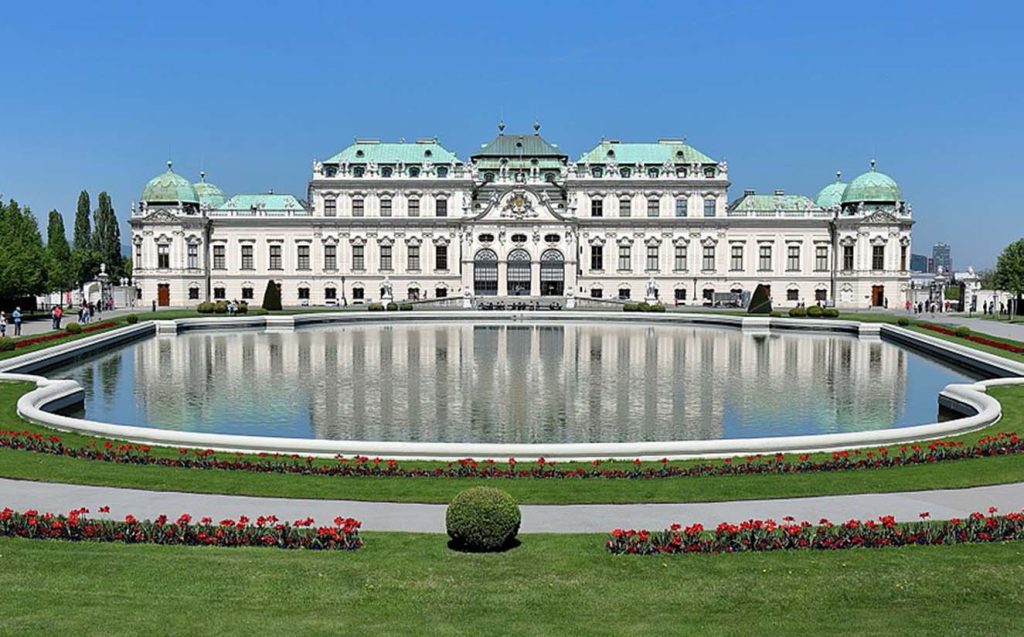
How to Get There:
Located about 2 kilometers from the city center, it’s accessible by:
- Tram: Line D stops near the palace.
- Bus: Various lines serve the area.
- Taxi or Ride-Sharing: Convenient for a direct route.
What to Do:
- Visit the Upper Belvedere: Home to the main art collection and Klimt’s masterpiece.
- Explore the Gardens: Beautifully designed Baroque gardens surrounding the palace.
- Enjoy the Lower Belvedere: Featuring temporary exhibitions and historical artifacts.
Tips:
- Tickets: Purchase in advance for the best prices.
- Opening Hours: Check for any special exhibitions or closures.
4. Vienna State Opera
The Vienna State Opera is one of the world’s premier opera houses, renowned for its exceptional performances and beautiful architecture.
How to Get There:
Located in the city center, it’s accessible by:
- U-Bahn: Line U1 or U2 to Karlsplatz Station.
- Tram: Several lines stop nearby.
- Walking: Central location makes it easy to reach on foot.
What to Do:
- Attend a Performance: Check the schedule and book tickets in advance for operas, ballets, and concerts.
- Take a Guided Tour: Explore the backstage areas and learn about the opera’s history.
Tips:
- Dress Code: Smart attire is recommended for performances.
- Tickets: Book early for popular shows.
Street Food and Safety Tips
Popular Street Foods:
- Wiener Schnitzel: A breaded and fried veal cutlet, a classic Austrian dish.
- Käsekrainer: A sausage filled with cheese, often served with mustard and bread.
- Apfelstrudel: A delicious apple pastry, commonly enjoyed with a dusting of powdered sugar.
- Sachertorte: A rich chocolate cake, famous for its apricot jam filling.
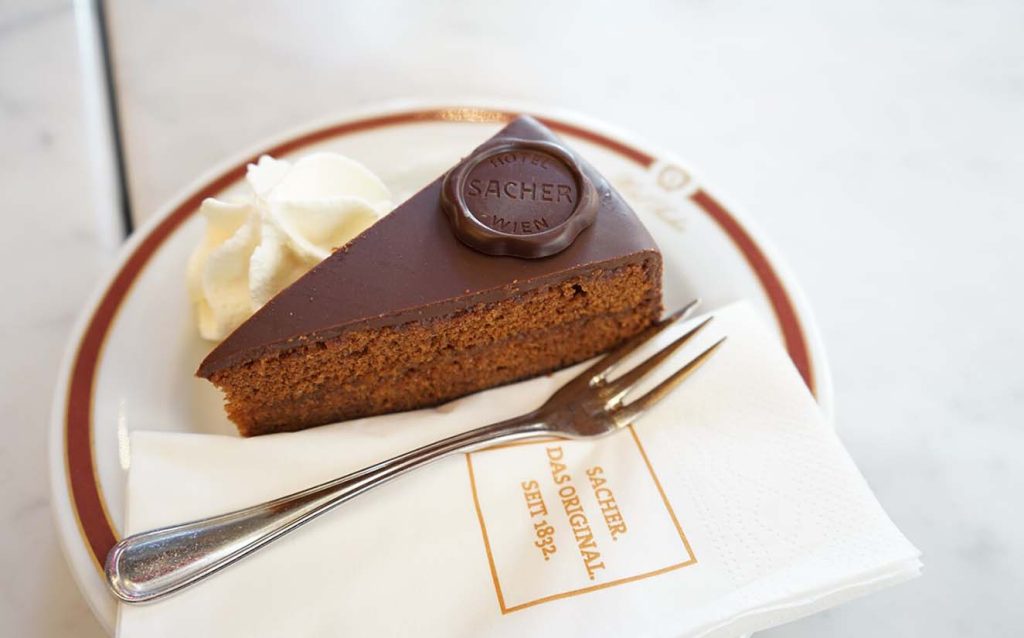
Food Safety Tips:
- Choose Busy Vendors: Opt for street food vendors with high turnover to ensure freshness.
- Check Cleanliness: Ensure that the vendor practices good hygiene and that food is prepared in a clean environment.
- Drink Bottled Water: Tap water is generally safe, but bottled water is a good alternative, especially in busy areas.
Planning Your Itinerary and Budget
Itinerary Planning:
- Prioritize Must-See Attractions: Allocate time for major sights and experiences.
- Include Leisure Time: Allow time for leisurely exploration and relaxation.
- Be Flexible: Leave some room for spontaneous discoveries and changes.
Budget Adjustments:
- Accommodation: Consider booking in advance for better rates. Look for budget-friendly options like hostels or guesthouses.
- Food: Mix dining out with self-catering to manage your budget effectively.
- Activities: Take advantage of free or discounted attractions and look for combo tickets.
Recommended Insurance:
Travel insurance is essential for covering unforeseen events. Look for a policy that includes:
- Medical Coverage: For any health-related issues.
- Trip Cancellation: To cover any non-refundable costs in case of changes.
- Personal Liability: For accidental damage or loss.
Vienna is a city of elegance, history, and vibrant culture. With careful planning and an understanding of local customs, your trip to Vienna can be a deeply enriching experience. From exploring grand palaces and historic cathedrals to enjoying delicious street food and navigating the city’s excellent public transport, Vienna offers a diverse range of activities that cater to every traveler.
Embark on an Unforgettable Journey: Explore, Experience, and Enjoy!
- Enchanting Escapades at Disneyland Paris: A Magical Journey Awaits! : Step into a World of Wonder, Where Dreams Come to Life! Experience the Magic at Disneyland Paris – Where Every Moment is a Fairytale Adventure!
- Gatwick Airport Parking: Secure, Convenient, and Stress-Free! : Park with Confidence, Travel with Ease! Discover Hassle-Free Gatwick Airport Parking for a Seamless Start to Your Journey!
- Air France - Elevating Travel, Embracing Elegance! : Journey Beyond Boundaries with Air France: Where Every Flight is a Symphony of Style and Comfort!
- EasyJet Holidays - Effortless Escapes for Unforgettable Adventures! : Simplify Your Getaway with EasyJet Holidays: Where Every Moment is Packed with Joy. Your Dream Vacation, Made Easy!

